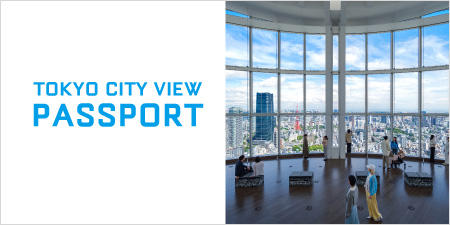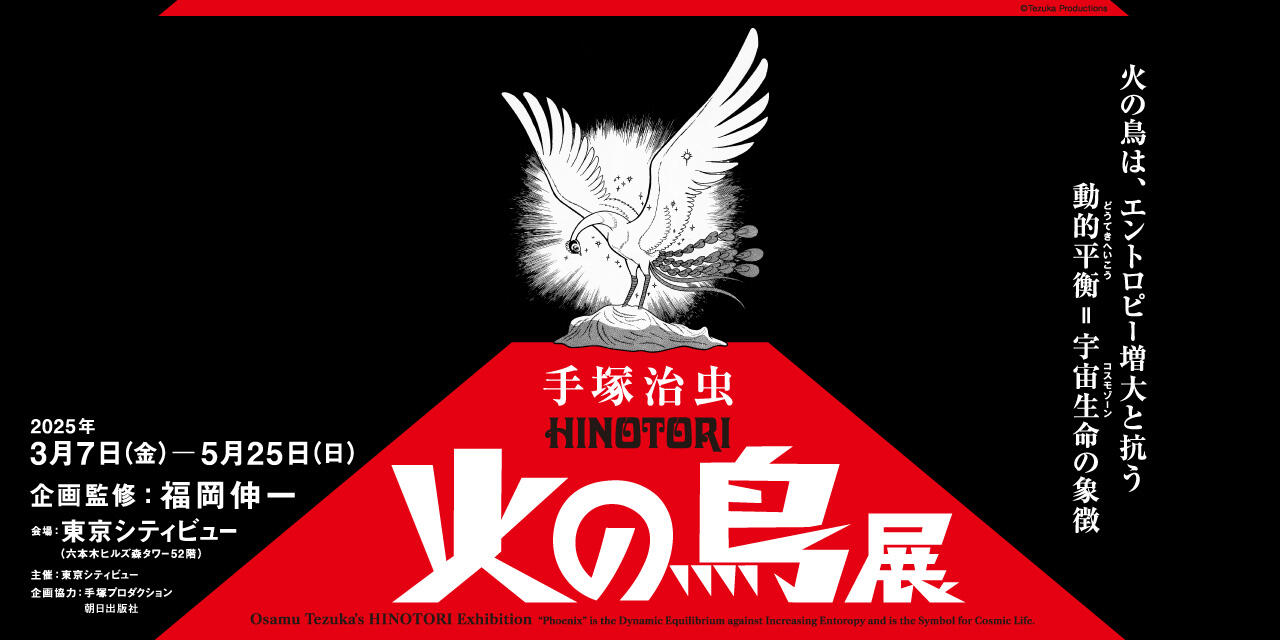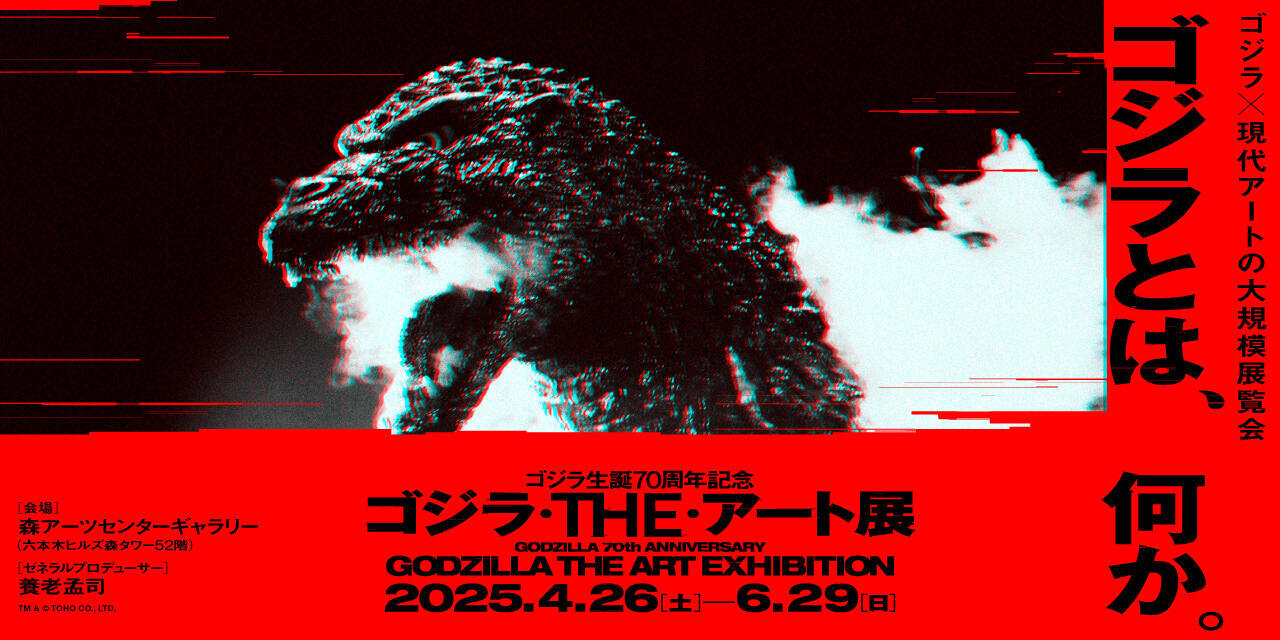The Educational System of an Empire
| Artist | : | Fujii Hikaru (1976-) |
|---|---|---|
| Nationality | : | Japan |
| Year | : | 2016 |
| Material | : | Video |
| Size | : | 21 min. |
Fujii Hikaru completed a diplôme d’études approfondies at the Paris 8 University Doctoral School of Aesthetics, Sciences and Technology of the Arts in 2004. From the start, his practice has centered almost entirely on video installation. Based on the notion that art emerges out of a close relationship with society and history, Fujii undertakes detailed research on incidents and past events at places around the world, creating works that frequently harnesses the possibilities of moving image media to respond to contemporary social issues. His approaches vary according to the nature of the work, from filmed workshops to documentary techniques and also cinematic techniques like using scripts and directing. Recent exhibitions include Aichi Triennale 2019 (Japan) and Artists and the Disaster: Imagining in the 10th Year (Art Tower Mito, Ibaraki, Japan, 2021). In 2020, he received the Tokyo Contemporary Art Award 2020-2022.
The Educational System of an Empire pairs footage from The Educational System of Japan, a film made by the United States Army during World War II for the purposes for collecting information and educating and training Americans, with footage documenting a workshop held by Fujii in 2015 at the National Museum of Modern and Contemporary Art, Korea. The former explains that the educational system in Japan was a means for reinforcing nationalism among the population and strengthening autocratic power, though the viewer is reminded of the recent controversy over changes made to Japanese school textbooks, which some have interpreted as historical revisionism. In the latter, the Korean students who have watched The Educational System of Japan and other footage attempt to describe verbally and then physically re-enact what they saw. The viewer is never shown other footage, but is able to conjecture that it featured scenes of atrocities and massacres. The Educational System of Japan contains a scene showing the disciplined actions of Japanese school students during the war, which are then guilelessly imitated by the confident bodies of the Korean students, seemingly indicating how the meaning of war (and the discipline that derives from it) has diminished not only in Japan, but also South Korea. It ends with the students creating and performing a scene where Korea gains independence from Japan, deviating from Fujii’s instructions and becoming increasingly passionate.
Made by Fujii through his control of the students, his manipulation of them as well as their deviation from his control curiously resonates with the emergence of totalitarian mindsets and nationalism in Japan, South Korea, and the United States today, and with people’s resistance to that.
-

Fujii HikaruThe Educational System of an Empire2016Video21 min.Installation view: Roppongi Crossing 2016: My Body, Your Voice, Mori Art Museum, Tokyo, 2016 Photo: Nagare Satoshi
Fujii HikaruThe Educational System of an Empire2016Video21 min.Installation view: Roppongi Crossing 2016: My Body, Your Voice, Mori Art Museum, Tokyo, 2016 Photo: Nagare Satoshi -

Fujii HikaruThe Educational System of an Empire2016Video21 min.Installation view: Roppongi Crossing 2016: My Body, Your Voice, Mori Art Museum, Tokyo, 2016 Photo: Nagare Satoshi
Fujii HikaruThe Educational System of an Empire2016Video21 min.Installation view: Roppongi Crossing 2016: My Body, Your Voice, Mori Art Museum, Tokyo, 2016 Photo: Nagare Satoshi -

Fujii HikaruThe Educational System of an Empire2016Video21 min.
Fujii HikaruThe Educational System of an Empire2016Video21 min.
The Educational System of an Empire
| Artist | : | Fujii Hikaru (1976-) |
|---|---|---|
| Nationality | : | Japan |
| Year | : | 2016 |
| Material | : | Video |
| Size | : | 21 min. |
Fujii Hikaru completed a diplôme d’études approfondies at the Paris 8 University Doctoral School of Aesthetics, Sciences and Technology of the Arts in 2004. From the start, his practice has centered almost entirely on video installation. Based on the notion that art emerges out of a close relationship with society and history, Fujii undertakes detailed research on incidents and past events at places around the world, creating works that frequently harnesses the possibilities of moving image media to respond to contemporary social issues. His approaches vary according to the nature of the work, from filmed workshops to documentary techniques and also cinematic techniques like using scripts and directing. Recent exhibitions include Aichi Triennale 2019 (Japan) and Artists and the Disaster: Imagining in the 10th Year (Art Tower Mito, Ibaraki, Japan, 2021). In 2020, he received the Tokyo Contemporary Art Award 2020-2022.
The Educational System of an Empire pairs footage from The Educational System of Japan, a film made by the United States Army during World War II for the purposes for collecting information and educating and training Americans, with footage documenting a workshop held by Fujii in 2015 at the National Museum of Modern and Contemporary Art, Korea. The former explains that the educational system in Japan was a means for reinforcing nationalism among the population and strengthening autocratic power, though the viewer is reminded of the recent controversy over changes made to Japanese school textbooks, which some have interpreted as historical revisionism. In the latter, the Korean students who have watched The Educational System of Japan and other footage attempt to describe verbally and then physically re-enact what they saw. The viewer is never shown other footage, but is able to conjecture that it featured scenes of atrocities and massacres. The Educational System of Japan contains a scene showing the disciplined actions of Japanese school students during the war, which are then guilelessly imitated by the confident bodies of the Korean students, seemingly indicating how the meaning of war (and the discipline that derives from it) has diminished not only in Japan, but also South Korea. It ends with the students creating and performing a scene where Korea gains independence from Japan, deviating from Fujii’s instructions and becoming increasingly passionate.
Made by Fujii through his control of the students, his manipulation of them as well as their deviation from his control curiously resonates with the emergence of totalitarian mindsets and nationalism in Japan, South Korea, and the United States today, and with people’s resistance to that.




